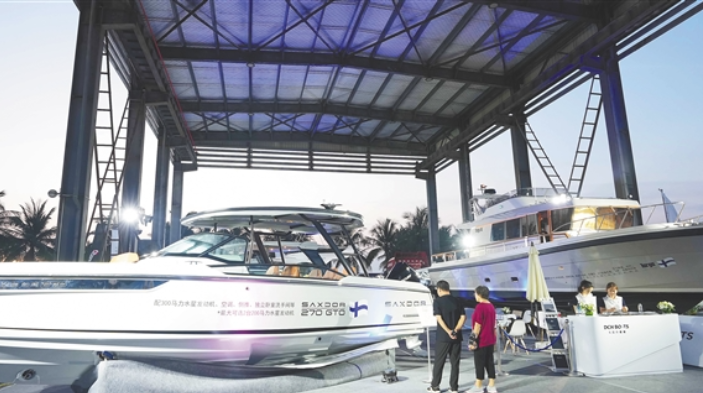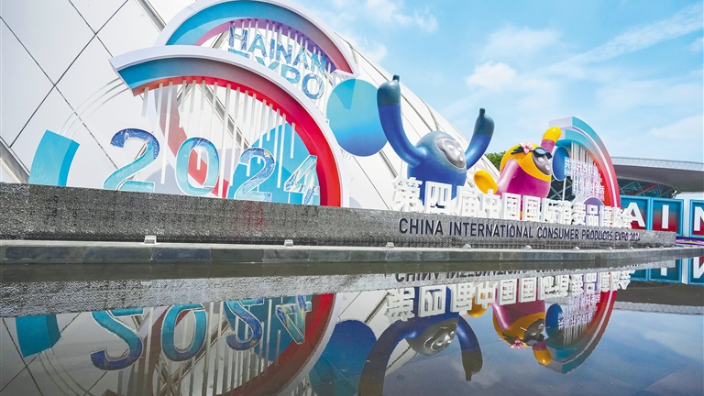By continuing to browser our site and use the services you agree to our use of cookies, Privacy Policy and Terms of Use. You can change your cookie settings through your browser.
Accustomed to expressing all their joy, anger, and sorrow in songs which range from the gentle lullabies of the cradle to the sad songs of death, the Tanka songs (also called Tanka Fishing Songs or Saltwater Songs) are an important part in daily life of the Tanka people.
Traditionally living on boats in the coastal areas of Fujian, Guangdong, Guangxi, and Hainan provinces and sometimes referred to as China’s “Sea Gypsies”, historical records trace the origins of the Tanka people back some 2,000 years. Most of the Tanka on Hainan Island live in Sanya and Lingshui but they can also be found in other the coastal cities and counties around the island.

According to 62 year old Guo Yaqing, a clan of his ancestors came to Dazhou Island in Hainan's Wanning from Guangdong's Xinhui. As they were disembarking, their three sailboats were overturned by the waves, and all but one of the clan drowned or was captured by pirates. Rescued by the local Li people, his great grandfather—who later settled in Lingshui—was the only survivor.
Floating on the sea, the Tanka people tend to use song to express their feelings and what they are experiencing. They sing for reasons ranging from uplifting their spirits late at night, to celebrating a bountiful harvest from the ocean, and expressing affection to their lovers. Gradually, their various songs have become a characteristic mark of the Tanka culture.
"I wake up at 5 a.m. every morning to sing," said 82-year-old Zhang Fajie, one of the Sanya's inheritors of Tanka songs. No longer a fisherman who spends his days going out to sea, he is still accustomed to singing every day.

According to Zhang, the four types of Tanka songs are performed a capella without any musical instruments or accompaniment. These four songs types: Bailuo, Jiajie, Gulimei, and Muyushi range from vigorous and forceful to lingering and plaintive. "These four types of tones are the essence of the Tanka songs," Zhang said, adding that, even as the contents of Tanka songs have changed alongside development of the world around them, the tones have remained the same.
Nowadays, as fewer and fewer fishing rafts can be seen along the coast of Sanya, the Tanka people are not limited to living on boats. With this change on their living environment and the influence of dry land culture, fewer and fewer of the younger generations of Tanka people are intimately familiar with traditional Tanka songs.

"Our Saltwater Songs are mostly passed on via the oral tradition. Once I found that the paper I'd used to write down some of the songs had been used to start a fire. Preserving the oral tradition is one of the biggest dilemmas in passing on these songs," Zhang sighed, and he hoped that new saltwater songs could be produced by the younger generation and that more people would record and study the Tanka songs.
Like Zhang, Guo is also a local inheritor of Tanka songs. He has been dedicated to promoting them as much as possible, from singing the Tanka songs in formal performances to teaching them to children.
This new episode of "Hainan Seen Through the Lens of Culture" focuses on the Tanka Songs, one of the national intangible cultural heritage items found in Hainan, and uses the migration of the Tanka people and the culture of the Tanka songs to offer a glimpse into the maritime civilization of Chinese people.
16 New Measures Set to Make Life in Hainan for Foreigners Easier
08:10, 18-April-20244th CICPE Helps Hainan’s Yacht Industry Development
03:37, 18-April-2024New friends, new opportunities at the Hainan Expo
03:37, 18-April-2024Fáilte go Hainan! FTP Becomes Top Destination for Irish Firms
03:37, 18-April-2024Michael's EV Journey in Haikou
03:37, 18-April-2024OCOs on Expo: Inira’s magical Hainan Expo journey
06:01, 17-April-2024By continuing to browser our site and use the services you agree to our use of cookies, Privacy Policy and Terms of Use. You can change your cookie settings through your browser.





